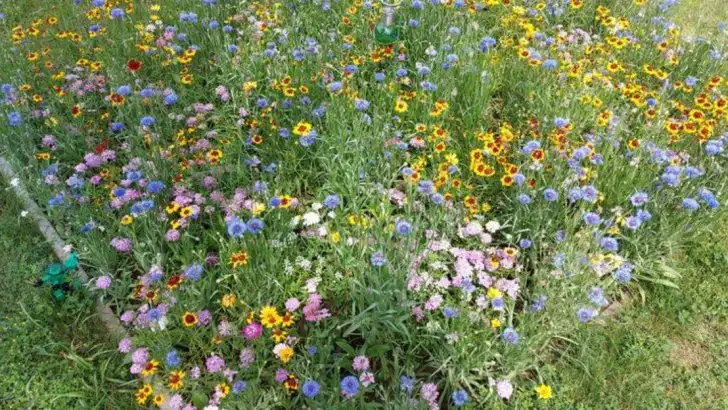At first, I took it personally—plants spilling over paths, birds scattering at my footsteps, vines closing off places I once weeded daily. But then I realized: the garden was reclaiming itself. And that was the moment everything changed.
When a space begins to thrive without your constant presence, it’s not chaos—it’s balance. Pollinators stay longer, soil heals faster, and plants start communicating in ways we miss when we’re always pruning, checking, correcting.
In this piece, I share how I gradually stepped back—and how that intentional absence turned my garden into a self-sustaining, living system that no longer needs me to manage it… just to witness it.
The Unruly Wildflowers

With colors splashing everywhere, wildflowers create a visual symphony that no human hand can orchestrate. These resilient beauties thrive in neglect, proving that sometimes the best gardening technique is to let nature take its course.
Wildflower meadows provide essential habitats for pollinators, promoting biodiversity. By allowing them to grow unchecked, you support an entire ecosystem.
Did you know? Many wildflowers are perennials, returning each year with even more vigor. This self-sustaining growth is a testament to nature’s remarkable efficiency.
The Persistent Weeds
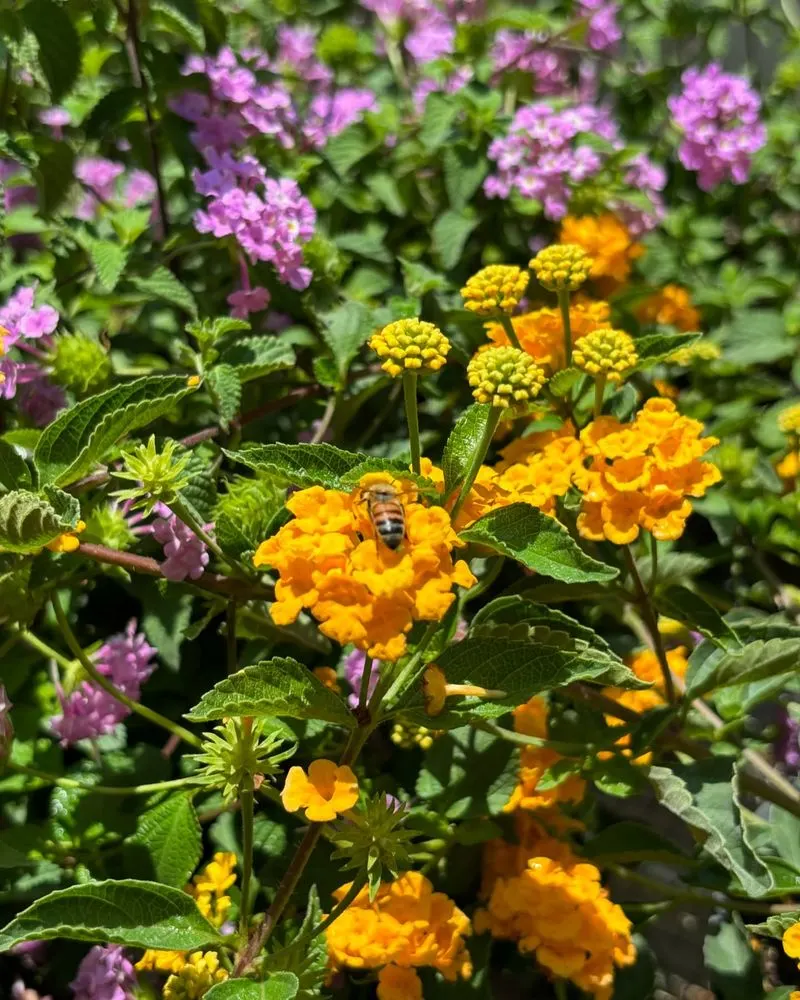
Weeds often get a bad rap, but they are nature’s champions of resilience. With their tenacity and adaptability, they remind us of life’s unstoppable force.
Far from being mere nuisances, many weeds improve soil health and provide food for wildlife. Their deep roots aerate the soil, and their flowers offer sustenance to insects.
Interestingly, some weeds are edible or medicinal, adding unexpected value to their stubborn presence. Embracing weeds can lead to discovering new facets of your garden’s potential.
The Overzealous Vines
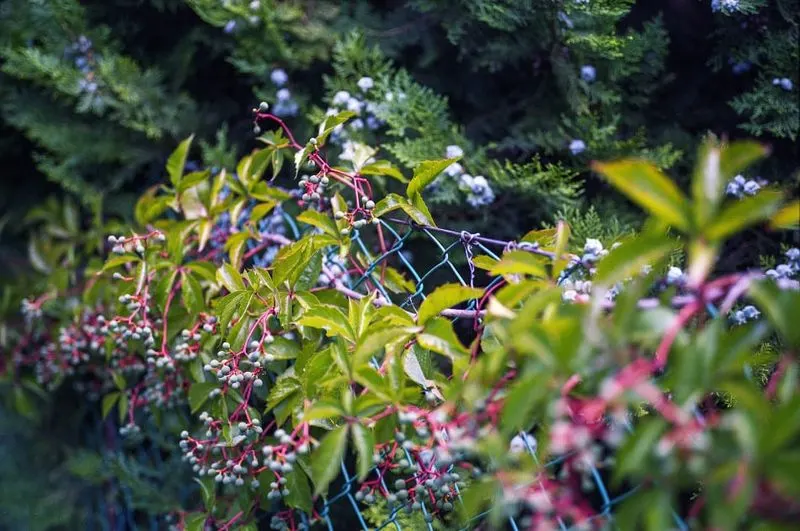
Vines can take over with an enthusiasm that borders on exuberance. They climb, twist, and sprawl, turning any structure into their personal playground.
This rampant growth can seem overwhelming, but it offers a natural shield against harsh sunlight and wind. Vines can also provide nesting spaces for birds and shelter for other creatures.
Fun fact: Some vines, like honeysuckle, release a sweet fragrance that attracts pollinators, enhancing your garden’s allure. Their ability to thrive with minimal care is part of their charm.
The Tenacious Wildlife
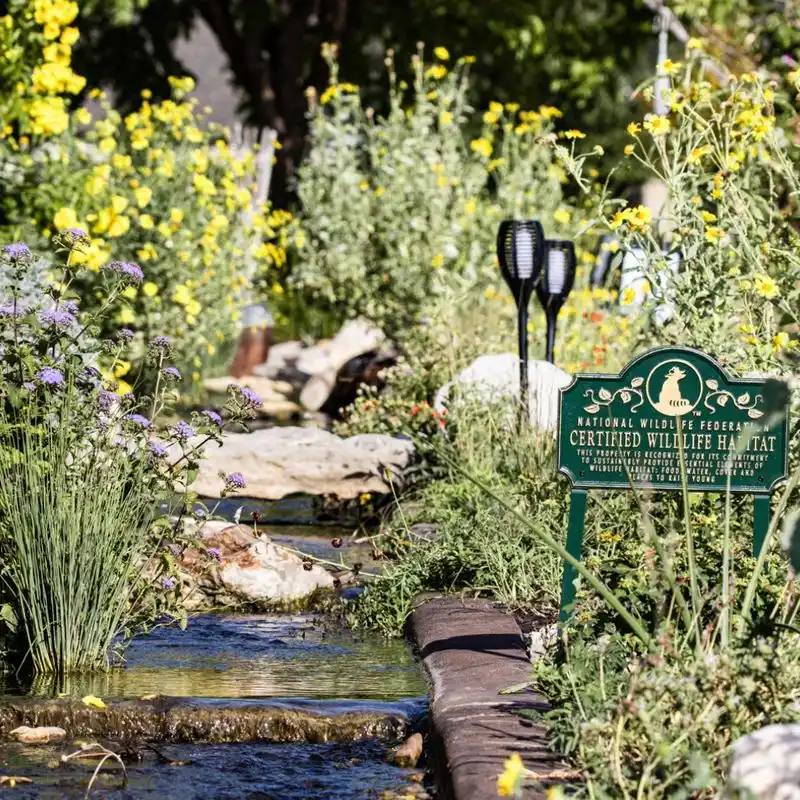
When wildlife makes a home in your garden, it’s a sign of a thriving ecosystem. Rabbits, birds, and even the occasional fox find refuge among the overgrown plants.
Their presence indicates a healthy balance, as these animals control pests and contribute to the cycle of life. Watching them can also bring unexpected joy and a deeper connection to nature.
Did you know? Wildlife-friendly gardens often require less maintenance, as nature handles much of the pest control and soil management. This hands-off approach fosters a vibrant environment.
The Self-Sowing Plants
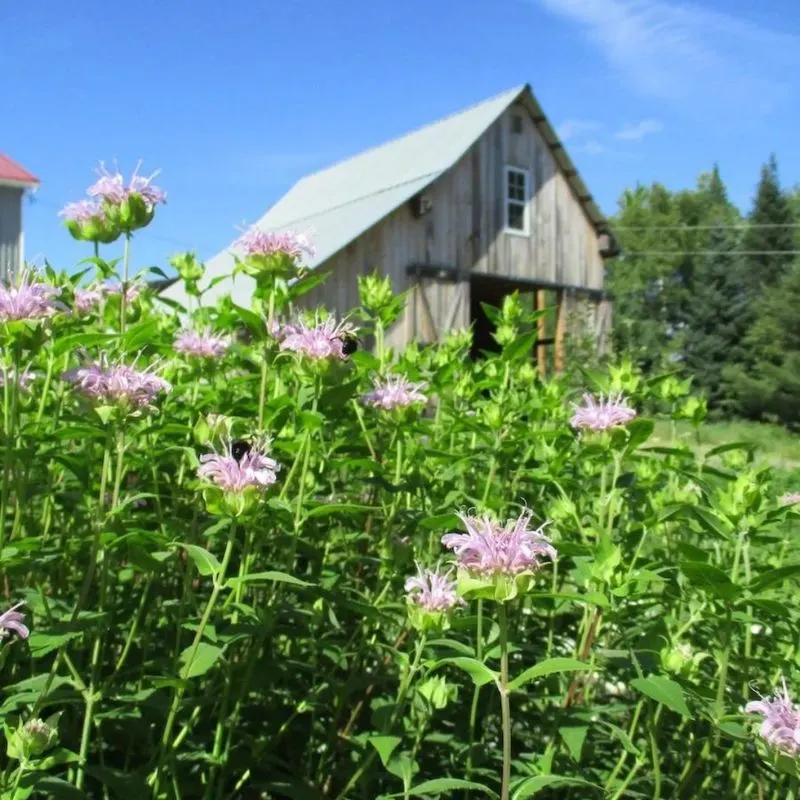
Self-sowing plants epitomize nature’s ingenuity. They drop seeds that sprout with little to no assistance, ensuring their lineage continues year after year.
These plants add a dynamic element to your garden, as their placement and combinations shift with each season. This surprise factor keeps your garden ever-changing and lively.
Beyond aesthetics, self-sowing plants can reduce gardening costs and effort, as they naturally fill gaps and crowd out potential weeds. Their independence is both eco-friendly and rewarding.
The Resilient Moss
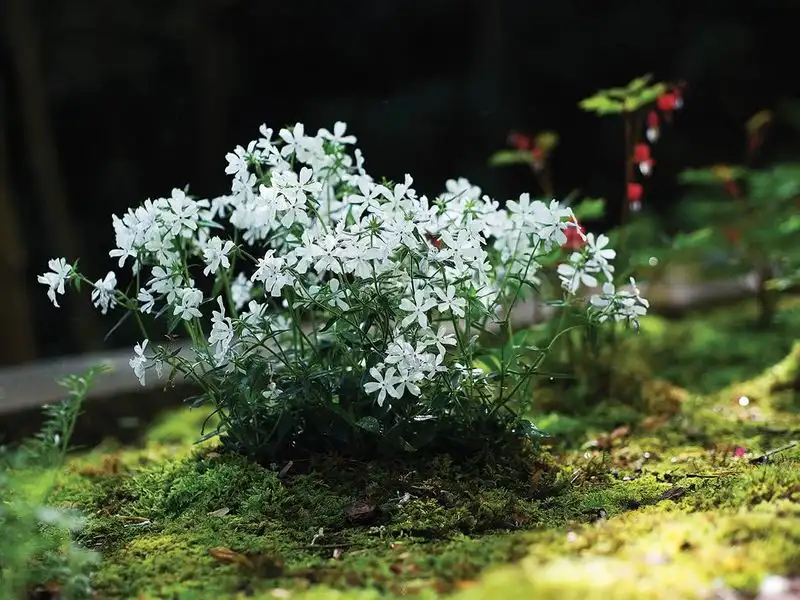
Moss might appear unassuming, but it’s a master of survival. Thriving in damp, shaded areas, mosses add a soft, green carpet to the garden landscape.
Their resilience is unparalleled, as they require minimal soil and can endure harsh conditions. Moss gardens offer tranquility and a sense of timelessness with their velvety texture.
Interestingly, mosses play a crucial role in preventing erosion and retaining moisture in the soil. This understated plant quietly supports the garden’s health while adding an aesthetic appeal.
The Autonomous Ecosystem
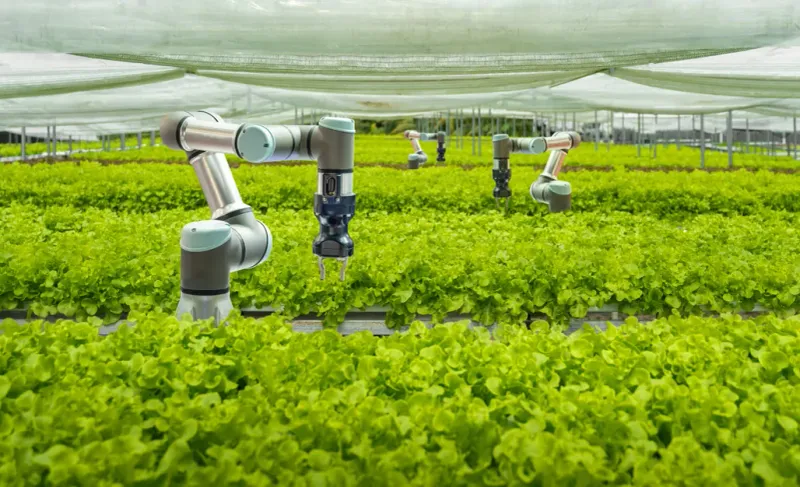
A garden that self-regulates is a marvel to behold. Ponds and water features create microhabitats that attract frogs, dragonflies, and other beneficial creatures.
These autonomous ecosystems balance themselves, needing little intervention. The presence of water supports a diverse range of plants and animals, enhancing biodiversity.
Did you know? Such ecosystems can naturally manage pests and encourage growth, making your garden a sustainable haven. They demonstrate how letting nature take the lead can result in a harmonious and thriving environment.

